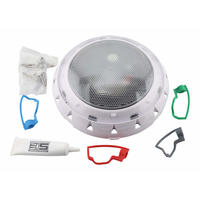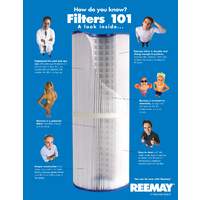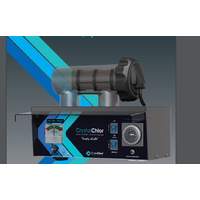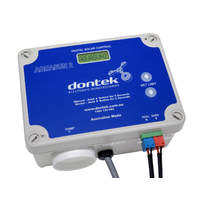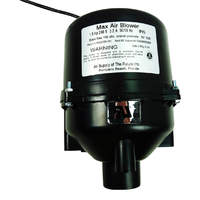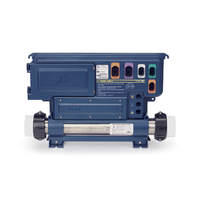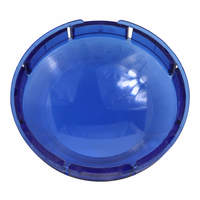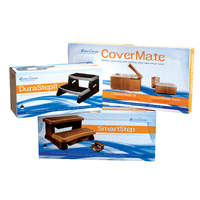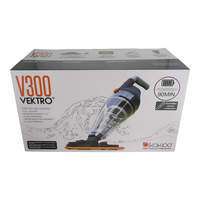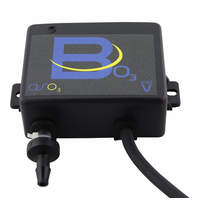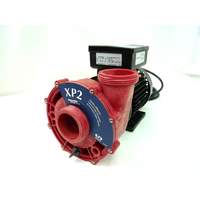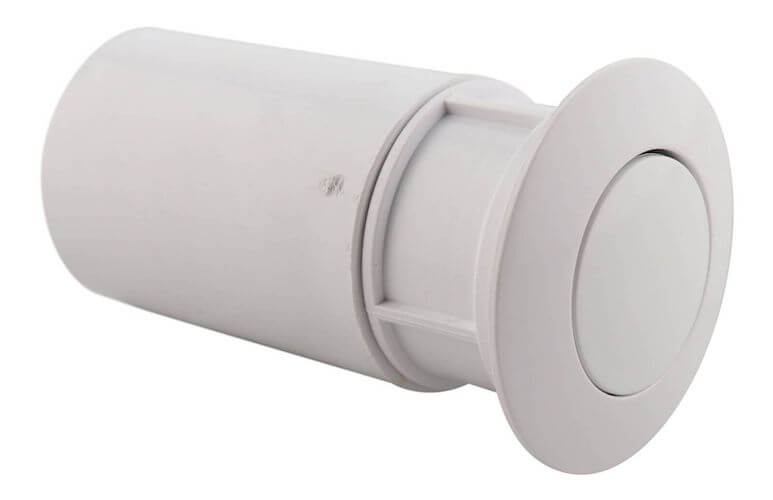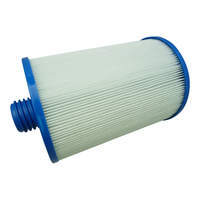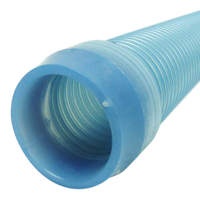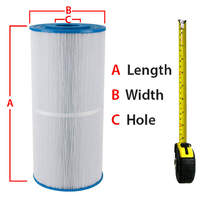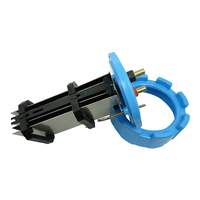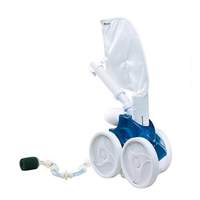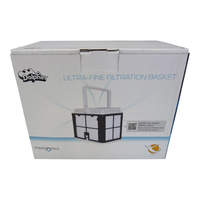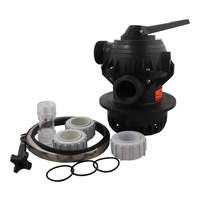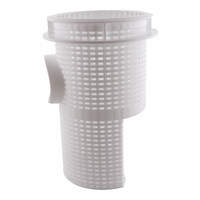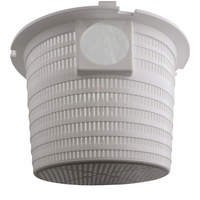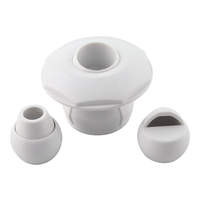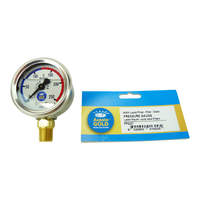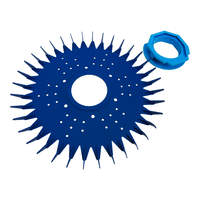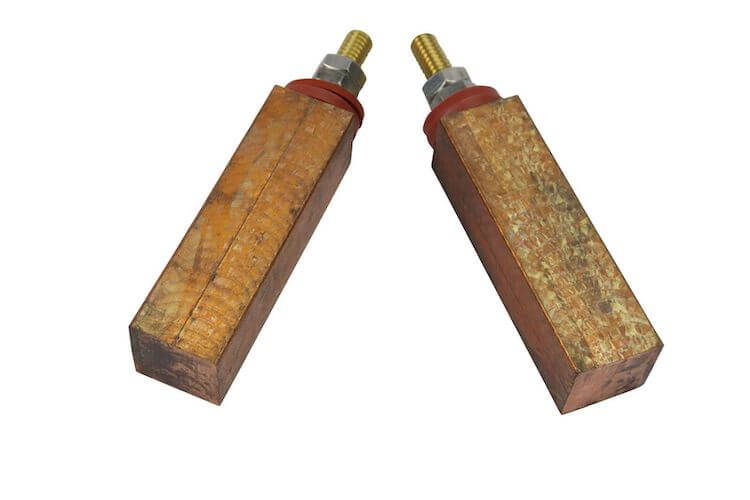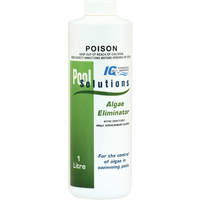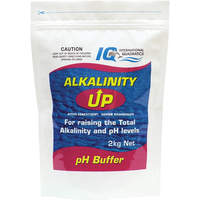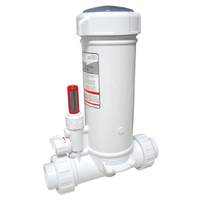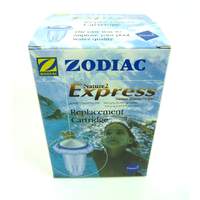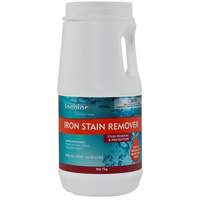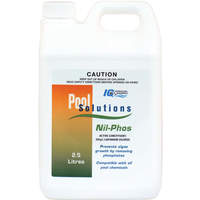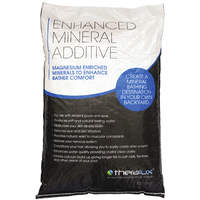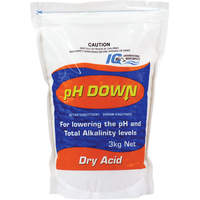The Ultimate Pool Pump Guide

How to choose the perfect pool pump for your needs. If you are looking to buy a pool pump, our guide will help you select the one that best fits your pool and environment.
One thing that can complete the perfect home is a pristine pool that is clean and clear all year long. This space is not just for family or friends, it can also be a place of peace and solitude for you, which is why it is important to look after its maintenance with due diligence. After all, there’s nothing more off-putting than seeing visible signs of dirt floating around your pool!
The only thing you can do to keep your swimming pool from looking like a swamp is to maintain it consistently. It can be a tedious process, but it’s something that needs to be done. All the work you put in will pay off twice as much anyway! The swimming pool is one of the biggest highlights of a home, and making sure it’s safe to swim in and nice to look at will be a task that you will reap the rewards of easily.
Something that pool owners tend to forget about pool maintenance is that it has to be kept up throughout the entire year, and not just during the warmer months. While we do agree that you can dial back the pool maintenance to make it less frequent, it does not mean that you can abandon the pool during the colder season. If anything, it’s important that you gear up for this time of year too, since leaving water unchecked may lead to certain diseases.
Contrary to what the media portrays, pool cleaning is not just about scooping leaves out of the pool and changing the water every now and then. There are actually tons of things you need to know about the nitty-gritty details of pool cleaning.
If you are a pool owner who wants to give your pool pump the extra TLC it needs, then read on! We have created the ultimate pool pump guide for you!

Components of a Pool Pump
A pool pump may sound like complex machinery, but it is actually way simpler than one would expect. A quick look under the bonnet will show you the components that are non-complicated but still get the job done right.
Here are the different components of a pool pump:
Housing
The housing of the pool pump is pretty straightforward; it serves as the outer casing that fits all of the other parts inside. Conventional pool pumps utilise Noryl, a high impact plastic composite that is used as the typical casing of a pool pump.
It is important that the pool pump’s housing is made of lightweight and resilient material that will keep everything inside safe.
Lid
Any person who owns a pool pump will be able to inspect the “health” of the pump by looking through this lid. The strainer lid serves as the main inspection point of the pump. A quick tip is that if you find large air bubbles or a lack of water in the strainer lid while the pump is running, chances are that there is a leak on the suction side.
Strainer Basket
The strainer basket is the one that collects dirt and debris from your pool. It keeps your pool pump safe by preventing big and hard debris from entering the motor.
Gaskets and Seals
Thanks to gaskets and seals, your equipment pad remains dry while your water keeps flowing. There are four main gaskets and seals to a pool pump: lid gasket, diffuser gasket, housing gasket, and shaft seal.
Seal Plate
The seal plate is the one that connects the motor’s mounting flange to the pump housing. It also houses the shaft seal that encloses around the shaft to keep water leaks from the motor.
Motor
The motor is probably considered the heart of the pool pump. It serves as the driving force since it is the one that creates the motion needed to prime the pump and circulate water. They come in either single speed or variable speeds.
Impeller
The impeller is the one responsible for converting the spinning shaft of a motor into a pulling force for pumping. It is made up of two discs that are glued together to hold fan blades together.
Diffuser
Diffusers are to be thanked for maximising the pull of the impeller through a tightly closed vacuum lock.
Impeller Ring
Also known as the wear ring, this is the part that serves as an extension to the impeller tip to make sure that the seal is fortified.
Impeller Screw
Impeller screws are important since they are responsible for securing the impeller to internal threaded shaft motors.
Now that you know all the parts of a pool pump, it’s time to find out what kinds of pool pumps there are on the market.
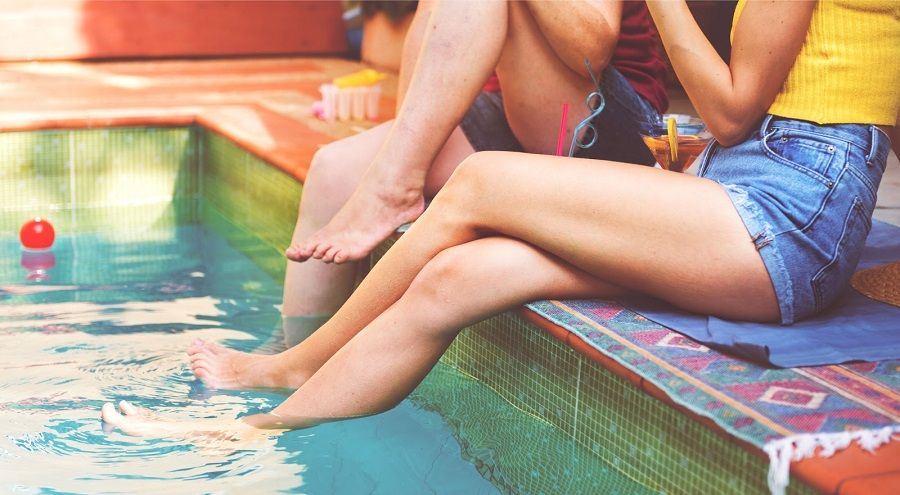
Types of Pool Pumps
Single Speed Pumps
As the name suggests, these pool pumps come only in a single speed and are typically built with an induction-style motor.
Dual Speed Pumps
This type of pool pump is also made with an induction-style motor and is only capable of two speed settings.
Multiple Speed Pumps
The multiple speed pump comes with an induction-style motor as well, but its biggest difference is that it is capable of a number of fixed speeds.
Variable Speed Pumps
The variable speed pump is the most advanced out of the group, and it is made with permanent electric magnet motors. Thanks to this innovation, it can operate at different speeds, without it being fixed.
The most important thing when you pick out the pool pump is that it fits your needs. It may not make sense to buy a single speed pump for an olympic-sized pool, nor to buy a variable speed pump for a small pool.
Calculate Turnover Rate
Now that you’re a pool owner tasked with looking after its cleanliness, it’s time that you figure out what a turnover rate is.
The turnover rate of a pool refers to how much time it takes your respective pumping and filtering machines to clean all of the water of the pool. While most recommend 12 hours, there is actually a formula to calculate the turnover rate.
This is how you calculate the turnover rate of a pool: gallons of water divided by flow rate, divided by 60.
How long should you run a pool pump?
As we mentioned, the recommended time you should keep a pool pump on is 12 hours, or you can calculate its turnover rate first to find out the exact time. We recommend that you run it at night, since it will be easier on your utility bills.
Maintaining Your Pool Filter
The pool filter is truly one of the most under-appreciated yet overworked parts of a swimming pool. It is the one that keeps dirt and debris out of your pool, keeps the water moving, and is the one responsible for making your pool look as clean as it is. Given how much they do for our pools, these filters need as much attention and maintenance as we can give them.
Generally, pool filters have a basket that collects all of the dirt. We recommend that you check on this after running a pool pump and empty it out so that the debris doesn’t just stay there.
Before running a pool pump, a quick tip is also for you to scoop out all the larger things floating around your pool. This is so that none of it passes through the filter and potentially destroys it. This is particularly true for larger pieces of rocks that you can pick up anyway.
How to Prime a Pool Pump
After a long hiatus of not using your pool, it is inevitable that you will have to prime your pool pump. Priming it involves supplying your pool with just the right amount of water so that it can start getting it from the pool itself.
We’ve broken it down into three easy steps:
Start circulation by turning your multiport valve
Remember to turn only your multiport valve! This will make sure that water comes into the pump and skips the whole filtration system.
Let the pump fill with water
Open up the pool pump and manually fill it with water, either through a hose or any other method.
Finally, turn on the filter system
Once the pool pump is filled, close the lid and get the system started!
More often than not, people neglect the maintenance of their pools until it turns green, their filters get clogged with leaves, and algae start floating around. Not only is this unsanitary, it may cost you more when it comes to professional maintenance and repairs!
To save up on time, money, and other resources, it’s important to establish good pool maintenance habits early on. You will benefit from being consistent in keeping your pool clean all year round, since you will not have to wait for the pool season to start enjoying it.
Read through our guide above and figure out which pool pump is best for you and what the parts associated with it are. This may help you in your purchase, since finding the right one will save you from future costs. You can also use our handy reference on how you can keep your pool filter clean to make sure that everything is in tip-top shape.
Looking for the best products to improve your pool? Aquaneo has an extensive array of everything you’ll need to make sure you can enjoy your pool all year round!
Comments (1)
informative article
15 August 2023Thank you for this informative article on Swimming Pool Pumps



